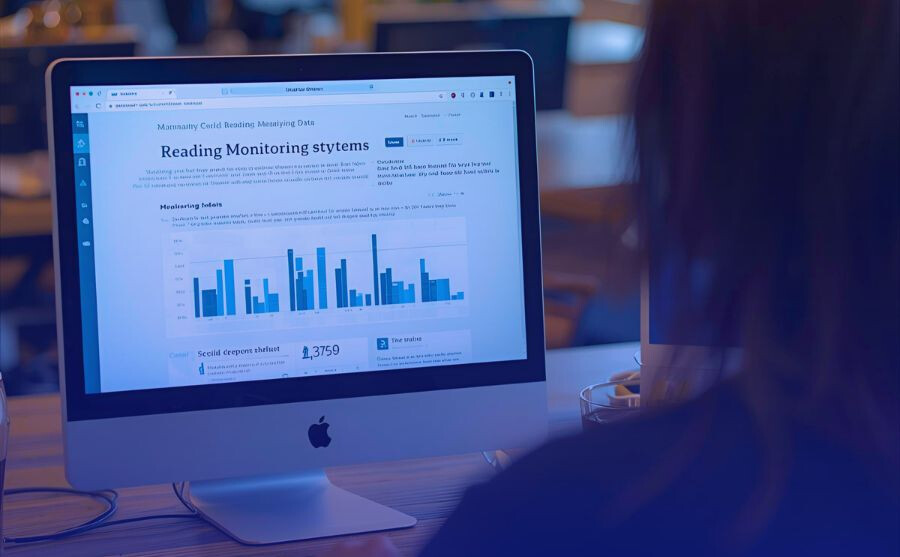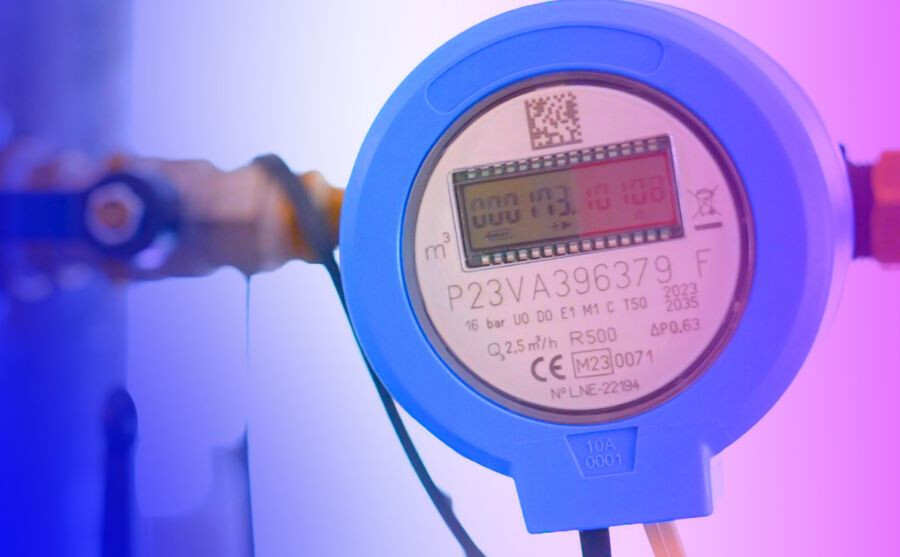

9/29/2025



In recent years, the digitisation of water networks has accelerated significantly. Smart meters are one of the key tools in this transformation, enabling more efficient, transparent and sustainable management of the service. However, not all meters are able to communicate with the same effectiveness in every area of the territory served. Understanding why this is the case and adopting an appropriate technological strategy is now a priority for water service operators.
The value of a smart meter is not limited to measuring consumption: its real power lies in its ability to transmit data reliably and continuously to a central system. This transmission can take place through various communication technologies, each with specific characteristics, limitations and costs. The most common in the water sector are:
One of the most critical aspects of smart metering projects is communication coverage. Despite advanced technology, environmental and infrastructural conditions can compromise signal transmission.
The main causes of failed communication are:
As a result, there is no “universal” technology: each meter must be chosen according to the installation area and operating context. This is where communication network design comes into play.
Before planning a large-scale installation, operators should conduct a technical analysis of the territory – or site survey – to map coverage and identify shadow areas.
This phase is crucial for defining which technology to use in each area:
The multi-technology approach allows coverage levels close to 100% to be achieved, drastically reducing “non-communicating” meters and ensuring real-time data availability.
A well-designed smart metering infrastructure generates tangible benefits for providers and the entire value chain:
The complexity and heterogeneity of technologies, models and brands of meters in the field make it essential to have platforms capable of communicating with devices from different manufacturers, regardless of the protocol or communication channel used.
Terranova's Smart Metering platform fully meets this need: it is agnostic with regard to manufacturers, meter models and communication technologies.
This feature allows operators to:
In this way, Terranova provides concrete support to utilities in building a smart, scalable and truly interoperable water network, transforming technological diversity from a critical issue into a strength.
The future of the water sector depends on the ability to integrate technology and territory. It is not just a matter of “installing smart meters”, but of building an intelligent network in which each device communicates as efficiently as possible according to its context.
For operators, adopting a flexible and technologically neutral approach is key to ensuring the success of digitisation projects. The goal is not coverage per se, but the continuity and reliability of data, which is essential for modern, sustainable and service-oriented management.

Want to know more?
We’d be happy to talk more in detail about your needs and explore how we can become your ideal partner, to assist you in your business venture of innovation, digitization and sustainability